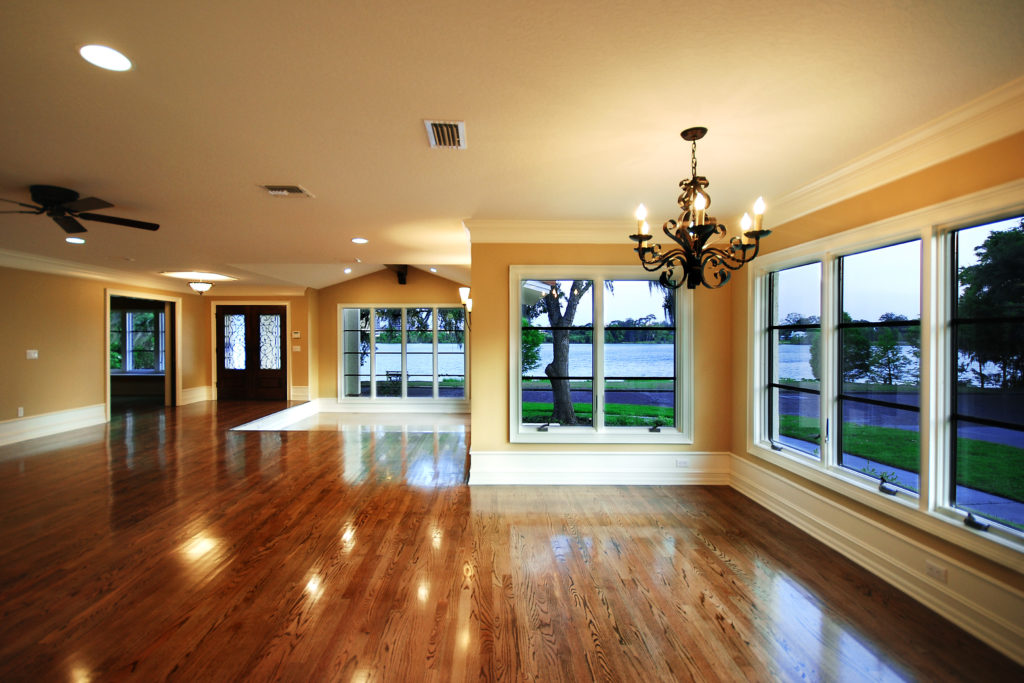Home is the place you feel most comfortable, and creating a space that showcases your taste and meets your requirements can be both exciting and overwhelming. Whether you're aiming to revamp your kitchen, expand your home, or boost the exterior appearance, renovation offers a unique possibility to change your space. However, achieving a balanced combination of aesthetics, functionality, and budget requires thoughtful preparation and execution. In this ultimate guide, we will explore various elements of remodeling to guarantee that your project is achieved successfully and fulfilling.
As we look into the best trends for 2024, effective budgeting tips, and targeted renovation ideas for every room, you will learn how a thoughtful remodel can add value to your home while highlighting your unique preferences. From deciding whether to go the DIY route or hire a contractor to exploring eco-friendly options that keep sustainability in mind, we will address the essential questions and concerns that homeowners face. Come along as we navigate the world of home remodeling, combining imagination and realism to build the home of your dreams.

Organizing Your Home Renovation
The initial step in organizing your home remodel is to establish a definitive vision of what you want to achieve. Consider your lifestyle needs, aesthetic preferences, and the functionality you desire from each space. It could be a kitchen overhaul, a bathroom upgrade, or a living room transformation, taking the time to rank your goals will help streamline the decision-making process. Remember that it is also essential to analyze your home’s current layout and how it can be improved to better meet your needs.
Once you have a vision, it is crucial to create a practical budget. Remodeling projects can quickly go beyond initial expectations, so it’s wise to plan for unforeseen expenses. Explore cost-saving tips, look into affordable upgrades, and determine which projects can boost your home’s value. Knowing what you can afford will guide your choices, enabling you to focus on projects that fit under your budget while still attaining the look and functionality you seek.
In conclusion, consider whether you want to take a DIY approach or hire a contractor for the remodel. Each option comes with its pros and cons. While DIY can save money, it requires time, skills, and effort. Hiring a contractor can provide expertise but may involve higher costs. Consider your skills and the complexity of the project to decide the best route. Keep in mind, careful planning at this stage will lay the tone for a successful home remodel.
Cost-Effective Improvement Tips
Renovating your home can be a daunting task, notably when it comes to managing costs. One of the most effective approaches is to emphasize your projects. Determine which sections of your home need the greatest attention, and concentrate your budget on those. For example, kitchen and washroom remodels often yield a significant return on investment. By concentrating on one or two critical areas rather than trying to handle your entire home at once, you can create a more feasible budget while also achieving noteworthy improvements.
A further cost-saving recommendation is to consider DIY options for specific aspects of your remodel. Although it may not be feasible for each project, handling minor tasks like painting the walls, putting in backsplash tiles, or even minimal landscaping can save you considerable labor costs. A variety of resources are available online to help you through these projects, making it easier for you to handle some responsibilities yourself. Still, always evaluate your skills and the difficulty of the task before opting to a DIY approach.
Lastly, explore eco-friendly and cost-effective materials that can enhance the aesthetic of your home without straining your wallet. Many eco-friendly options are not only better for the environment but can also be more resilient than traditional materials. Consider features like repurposed wood, bamboo flooring, or low-VOC paint. Incorporating these materials into your remodel can lead to savings in the long run while providing a modern touch to your space.
Eco-Friendly and Intelligent Upgrades
Incorporating green features into your home remodel not only helps the environment but can also lead to long-term cost savings. Opting for eco-friendly materials, such as restored wood or repurposed steel, can minimize your carbon footprint while adding unique character to your home. Furthermore, consider installing energy-efficient windows and insulation to enhance your home's thermal performance. These upgrades can significantly reduce energy consumption, resulting in lower utility bills.
Connected home features are increasingly vital in modern remodels, offering comfort and efficiency. Installing smart thermostats, lighting systems, and security devices can assist you monitor and control your home more effectively. These technologies allow you to save energy and enhance comfort by adjusting settings remotely or automatically responding to environmental changes. When planning your remodel, think about integrating these features to increase functionality and elevate your lifestyle.
Combining sustainability with smart technology can also improve resale value and appeal to eco-conscious buyers. For instance, adding solar panels can provide renewable energy and substantially cut down on electricity costs. Additionally, showcasing features like smart irrigation systems that enhance water use for landscaping enhances both utility and aesthetics. As useful link begin your remodeling journey, consider these sustainable and smart upgrades to achieve a harmonious blend of style and responsibility.
